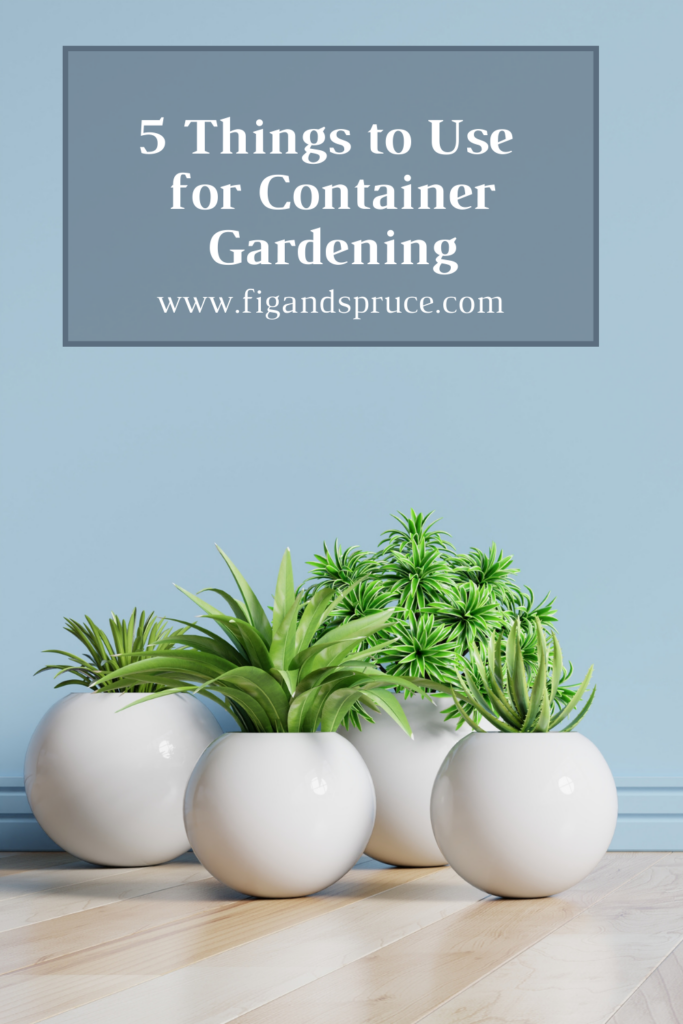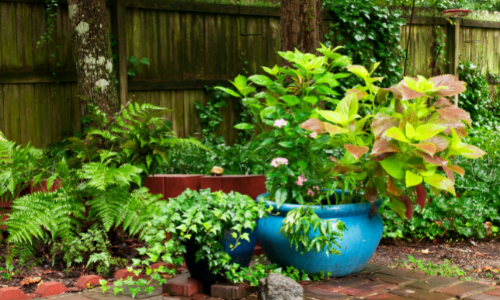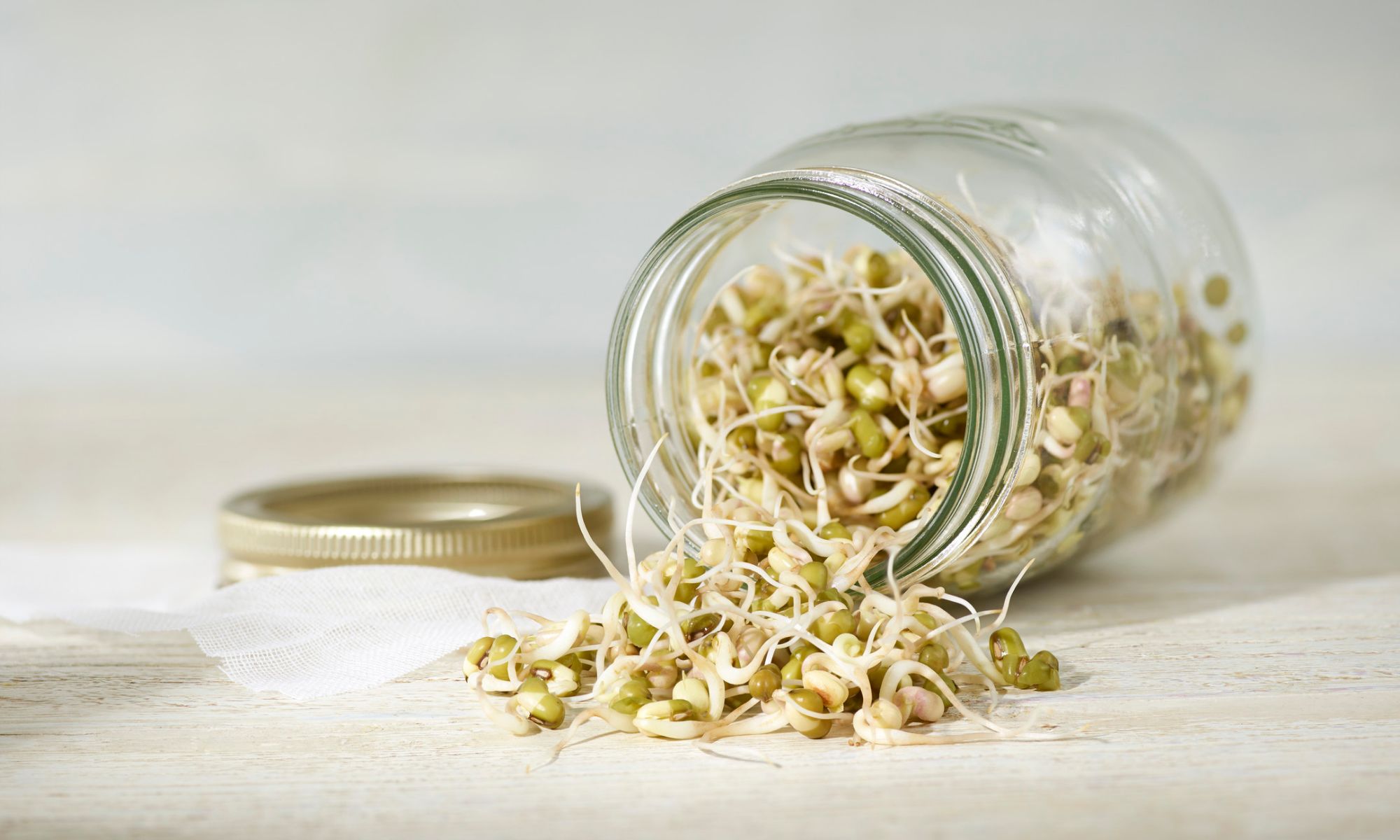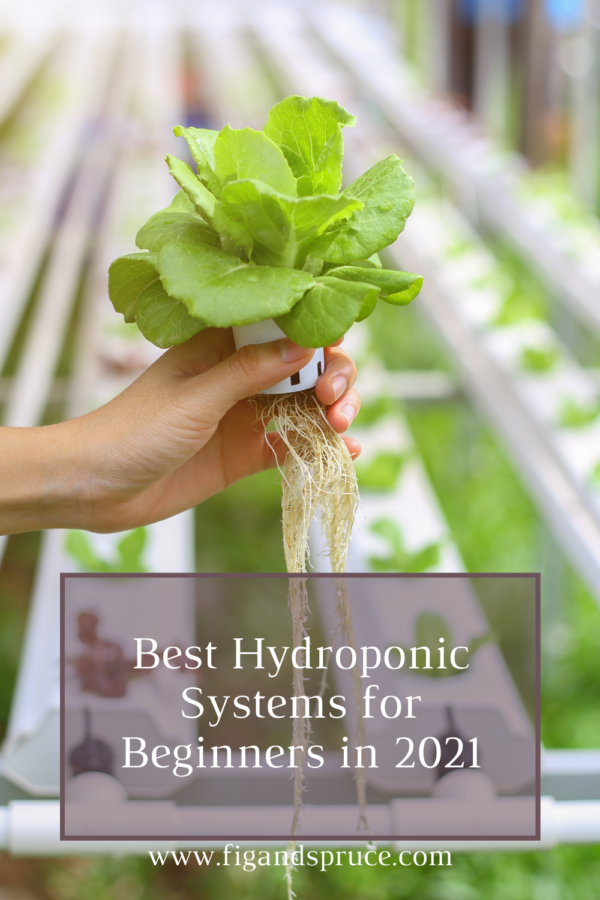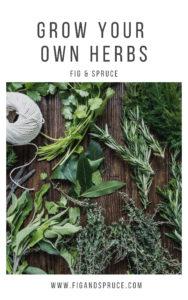Those just getting started gardening are often not sure where to begin. If you’re working in a small space, you’re probably considering setting up a container garden.
A container garden is exactly what it sounds like, a garden in pots (containers). People typically use container gardens when they lack the space for a traditional in ground garden.
However, there are some benefits to planting your garden in containers. You can more easily move your plants around and arrange them in different ways. Potted plants create a certain aesthetic and you can use different pots to compliment your house décor. Its also easy to bring potted plants inside when the weather is not ideal, whereas an in ground garden the plants are subject to all the seasons and weather elements.
Before you get started with potting all of your plants, here are 5 things to use for container gardening.
Table of Contents
High Quality Potting Soil
Of all the things to use for container gardening, a high quality potting soil might be the most important.
A high quality soil is key for any type of garden, but it is perhaps more important that you select the right potting soil when planting a container garden. When you place your plants in containers rather than the ground, the plant is strictly limited to the nutrients in the pot that you plant it in.
In a traditional in ground garden, plants can use their roots to draw nutrients and water from the soil. Container garden plants do the same, but in a much more limited amount of soil.
Another factor at play with the soil is the drainage that your plant will have. Drainage refers to how much water accumulates around the roots of your plant and if it has the ability to runoff and prevent root rot. Plants that have standing water around their roots are susceptible to root rot and a number of other bugs/diseases. The proper soil can provide the right amount of drainage for your plant to help prevent against these issues.
As a result, its critical that you’re selecting a soil full of nutrients while also properly aerated and mixed with a medium that provides the right level of drainage. Our top pick for container garden soil is the Happy Frog Potting mix. However, if you want to read a full comparison of soils specifically for container gardening, check out this article.

The Right Containers for Your Plants
When selecting the containers for your container garden, there are several factors to consider.
Type
Grow Bags
Many think of traditional pots as the only option for container gardens, however that is not the case.
Grow bags are a lesser known method of growing, but they can provide several benefits to container garden plants. A grow bag is essentially a fabric bag (the material is heavy duty fabric to prevent tearing).
Grow bags provide many benefits, but some of the most important are they provide aeration and additional drainage for plants roots.
For a full comparison of different grow bags, check out this article.
Traditional Pots
Of course, the traditional planter route is also a very viable option. You get more options that are aesthetically pleasing with pots than with grow bags, so for those trying to compliment specific decor a plant pot might be the best option for you.
Size
The size of pot that you’ll need will depend on what you’re trying to plant. The concept behind the size needed is you want to provide enough room for your plants roots to expand and grow throughout the season.
Any herb plant will need less room than a tomato plant. However each type of tomato plant will vary a little in what size they need.
As a general rule of thumb, its best to err on the side of larger rather than too small. A tomato plant should have at least a 5-10 gallon pot to ensure ample room, but you can always use a larger size without any harm to the plant.
Grow Lights
When planting a container garden, you’ll need to consider how much natural light you have available in your space.
If you’re short on natural light, you can supplement with a grow light to help your plants grow adequately.
The type of plant your growing will also help dictate how much light is needed for your container garden. Tomato plants, for example, require full sunlight while other plants like rosemary can grow in a variety of light levels.
Watering Cans
Watering cans can be useful for container gardens for a couple of reasons. Obviously your plants will need ample water (sometimes even more water than a traditional in ground garden needs).
Watering cans are a quick and efficient way to water your plants. It will allow you to quickly disperse a lot of water to your plants and the nozzel on a watering can helps distribute the water evenly across plants leaves and surrounding roots.
Our top pick for watering cans is this Union Watering Can on Amazon, but for a full comparison with reviews check out our latest article on this topic here.

Plant Stands
If you’re working with limited space, a plant stand can help display your plants and allow you to store a large number plants in one spot.
If you’re looking for a plant stand for a tiny space, we love this one on Amazon. However, we’ve done a full comparison of different options in this article.

Have you tried container gardening? What items have you found most useful? Let us know in the comments below!
